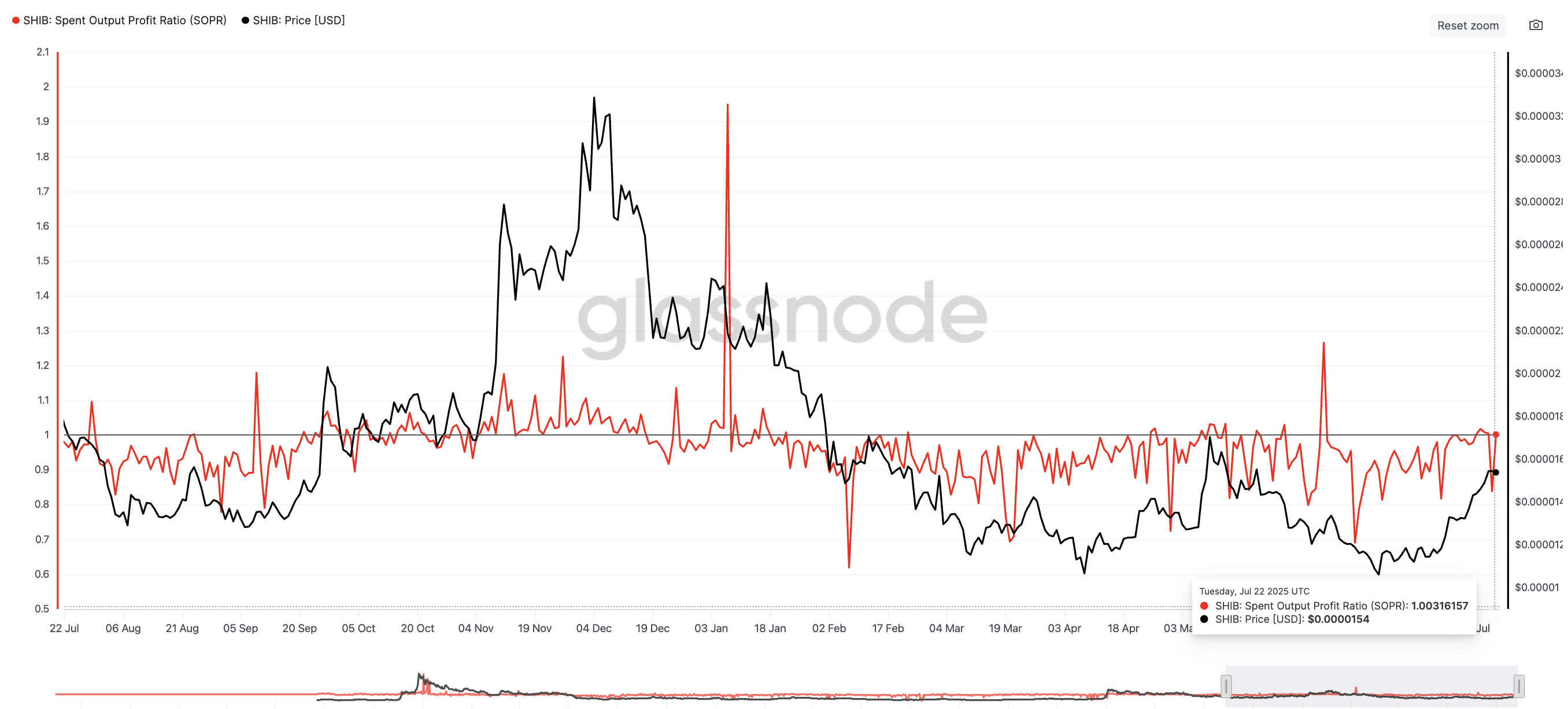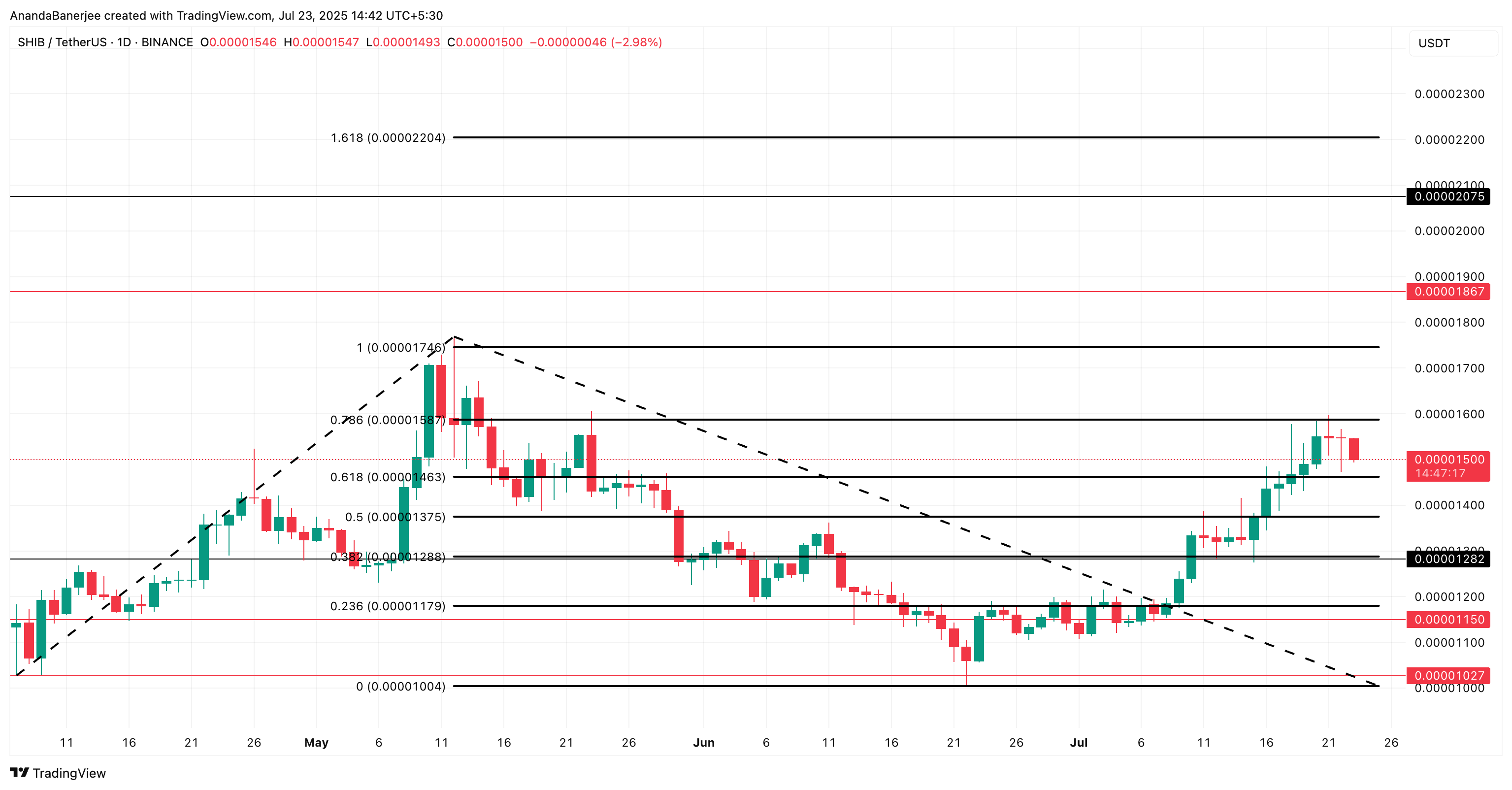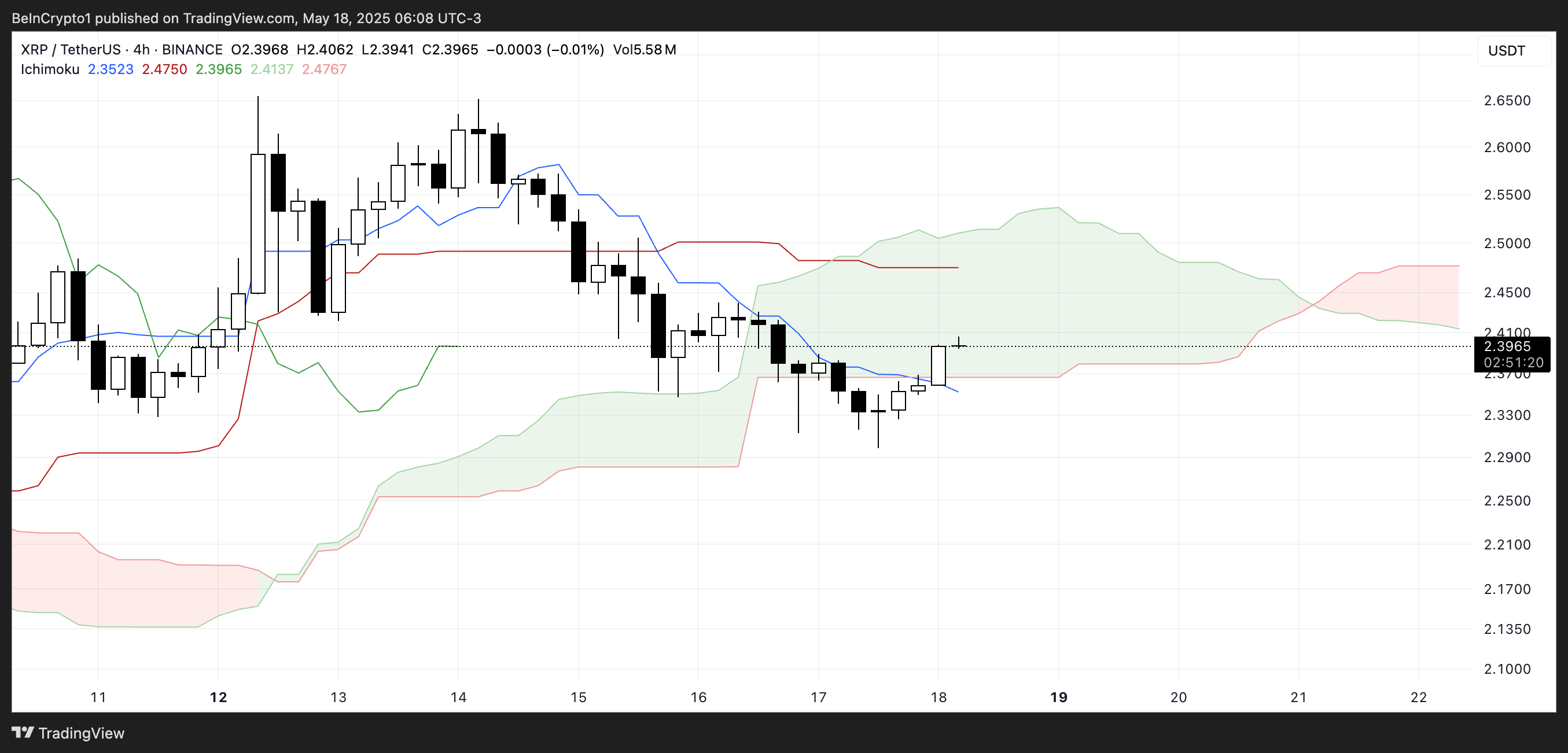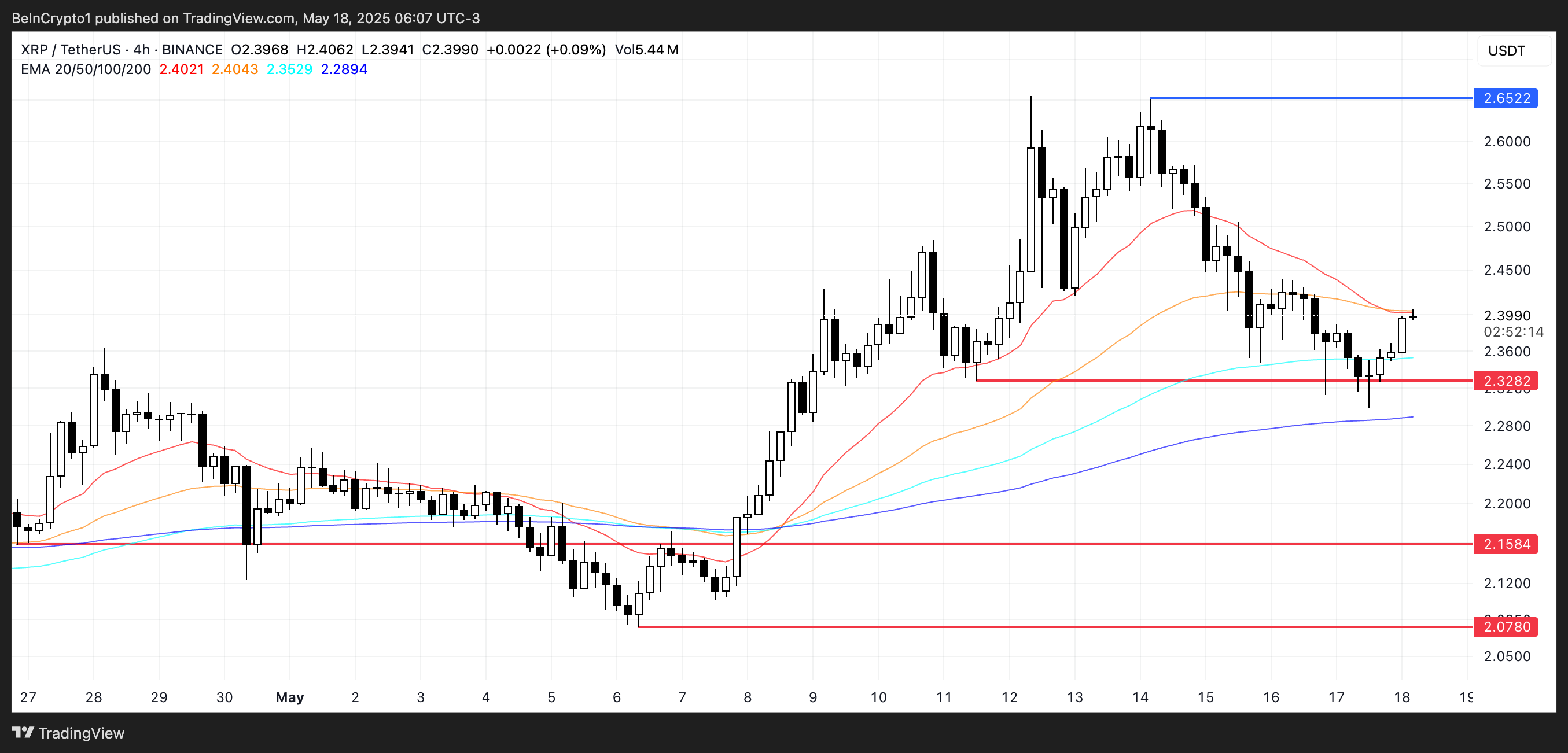Two altcoins, Maple’s SYRUP and Kamino’s KMNO, spiked over 30% after receiving a Binance listing today. Maple Finance and Kamino have been active in the DeFi space for a long time, but their native tokens are rather recent.
KMNO briefly fell below its pre-listing valuation due to profit-taking, but it remains nearly 85% up over the past month. Meanwhile, SYRUP also received a Coinbase listing last week, further boosting demand.
Binance Listings Remain Influential for New Projects
By this point, a few trends are clearly visible from Binance listings. The exchange can give massive boosts to tokens by listing them, despite a few isolated setbacks.
Today, SYRUP and KMNO generally stick with this program, as the listing announcement led to huge rallies.

Maple Finance is a DeFi Institutional Lender that existed for several years before launching its SYRUP token. The project was launched back in 2019, while its native SYRUP token went live last November.
Its DeFi lending platform took off on Solana and Ethereum in 2021, but it’s been comparatively quiet since. Still, recognition has been growing for Maple lately, leading to the Binance listing.
Kamino Finance’s KMNO, the other altcoin to receive a Binance listing, shares a few key similarities with SYRUP. This Solana-based DeFi liquidity protocol also launched years ago, but KMNO first hit the market in April 2024.
Kamino, too, has been gaining notoriety in 2025, and it’s currently considered a major protocol in Solana’s DeFi ecosystem.
KMNO technically bucked the Binance listing trend to a certain degree. The token fell just as sharply after its first spike over 20%. For a brief window, its price was lower than its pre-listing valuation, but this bounced back up.
Kamino saw quick corrections after the initial rally, as traders quickly liquidated to take profits, but it remains up 80% in the last month.

In summary, despite KMNO’s minor setback, both of these assets performed within general expectations. Binance’s listings are still very influential.
However, this event did not provide much insight into the exchange’s overall inclinations toward future listings.
Binance listed two DeFi-centric protocols that operate (at least partially) on Solana, with years of operation before a token launch.
Other than that, there aren’t many similarities; both projects have different core functions. Still, it’s useful to have additional data points for Binance listings.
The post Binance Listing Drives Massive Rallies for These Two Altcoins appeared first on BeInCrypto.









